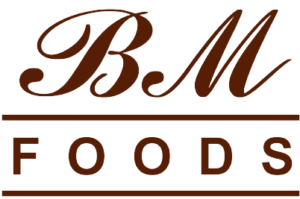A BRIEF HISTORY OF COFFEE
The most popular story of the discovery of coffee centers around a young goat herder named Kaldi in the Ethiopian province of Kaffa around the late 6th century. Legend has it that he noticed a strange restlessness in his flock after they had eaten the berries and leaves of an unknown plant.
Monks from a nearby monastery heard of this phenomenon, and after various trials discovered that by roasting, grinding and infusing in water the seeds of this plant, a unique beverage could be obtained. This beverage helped to keep them awake during long hours of prayer. Word of this special drink quickly spread and it was soon drunk in coffee houses in the far away holy cities of Mecca and Medina. Propagation of the coffee bean began in Yemen and was well established by the 15th century.
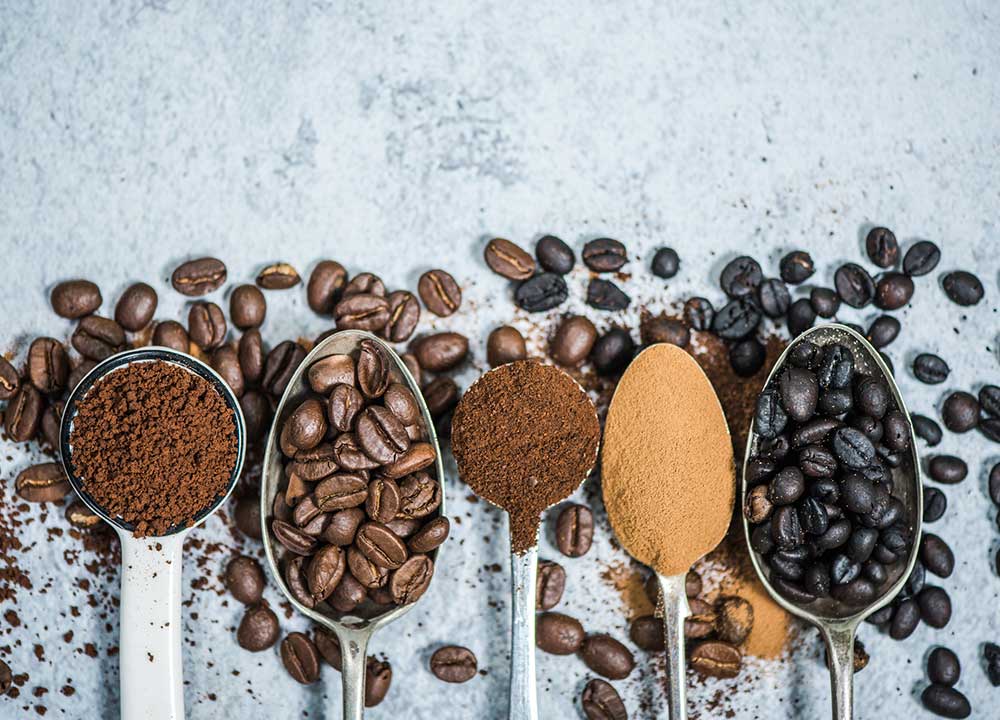
To protect this valuable export, Arabian leaders banned the export of fertile beans. Eventually, a pilgrim named Baba Budan smuggled some viable seed berries out of the country, then returned to his home in India sometime during the 17th Century. The first coffee plant to be taken to Europe was stolen by Dutch traders in 1616 via the port of Mocha in Yemen. The Dutch then set up plantations throughout their colonies of Ceylon, Java, Timor, Sumatra, Celebes and Bali. In time coffee was also produced in the West Indies, Latin America, Jamaica, India and Brazil, which today produces over 60% of the world’s coffee production.
The first coffeehouses began in Mecca and soon spread throughout the Arab world. The idea of coffeehouses, where anyone could go to discuss culture and conduct business for the price of a coffee, flourished in Venice, Paris, London and North America in the 1600’s. This culture is still alive and well today with billions of cups of coffee being enjoyed worldwide every day.
6 Questions About Coffee..
1) What Are the Differences between Light and Dark Roasts?
When you buy coffee, you probably notice that there are a few different options for beans. You’ll see a variety of coffees that come in light, dark, or medium roasts. What distinguishes a dark roast from a light one?

Light roasts spend less time in the roasting process; so, they typically retain the most characteristics from their origin beans. With dark roasts, you’re usually tasting the roasting more than the bean itself. Light roasts will also have slightly more caffeine, while dark roasts will show more oil on the surface. So long as the coffee bean isn’t burnt or charred, the quality of your coffee won’t depended on the type of roast you buy. Instead, it’s really dependent upon your palate.
2) How Hot Should It Be?
Temperature is one of the most important elements to a cup of coffee. You don’t want it to be too hot or too cold. And brewing temperature is an entire other consideration. You should brew your coffee at around 200 degrees Fahrenheit. However, you only want to serve or drink it around 180 degrees.

Unfortunately, coffee machines tend to burn your brew, giving it a burnt taste and a stale after taste. If you really want to taste your coffee the way it’s meant to be, forego the machine in favor of a French press, pour over, or premium coffee capsule that doesn’t require a machine.
3) Are Coffee Capsules Good?
You’ve likely seen or tried coffee capsules at some point. Some people swear by them for their convenience. But how do they taste?
While machine-based coffee pods use low-quality instant coffee, machine-free premium coffee capsules are made from luxury-grade beans. These allow you to create a perfect cup of coffee in an extremely short amount of time. They are also incredibly versatile, allowing customers to
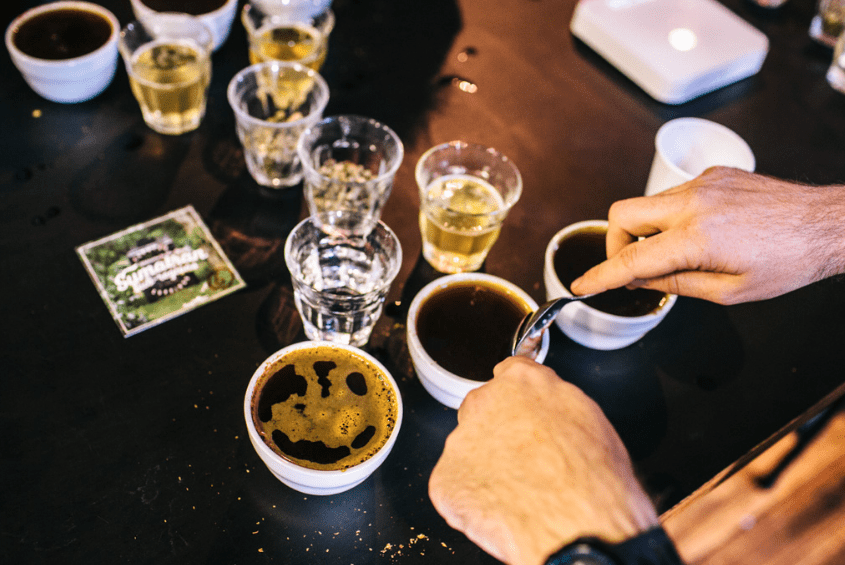
4) Why Is Coffee Bitter?
It’s important to emphasize the difference between “good bitter” and “bad bitter.” Good bitter is found in dark roast coffee and derives from chemical compounds including caffeine and acidity. These usually make your cup of Joe taste rich, dark, or maybe slightly citrusy.
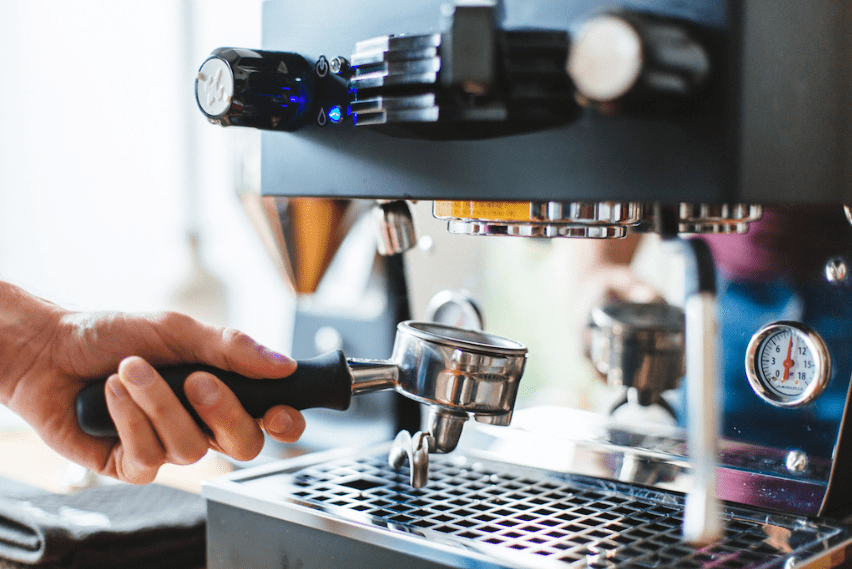
Conversely, bad bitter taste like spent matchheads, coal, or old pennies. These nasty flavors can be caused by over roasting the beans during processing or by using a shoddy coffee maker.
5) Is It Okay to Use Cream?
There are some coffee purists who insist on adding nothing to their brews. So, is it okay for you to add things like cream and sugar? Of course! Just do whatever you think tastes the best. It doesn’t matter if it’s not what a barista or coffee aficionado would choose for themselves. In fact, some studies have shown that people who prefer black coffee exhibit more psychopathic tendencies. Pass the cream.
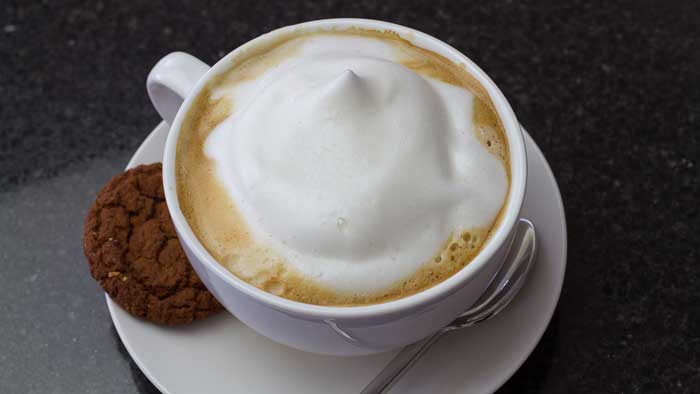
6) How Much Caffeine Is in a Cup of Coffee?
Caffeine is the substance in coffee that keeps you awake. This can be good or bad depending on the time of day. There are about 95 milligrams of caffeine in a standard cup of drip coffee. This number probably doesn’t mean that much to you. For reference, a cup of tea or a soda has about half as much caffeine. Energy drinks have a comparable caffeine content. Everyone will be affected differently by caffeine. You can also develop a tolerance to it. So over time, one cup of coffee won’t affect you the same way if you drink it consistently. There’s so much to learn about the ins and outs of coffee. These are some of the most commonly asked questions about the topic. Hopefully this has cleared up some things for you regarding coffee.
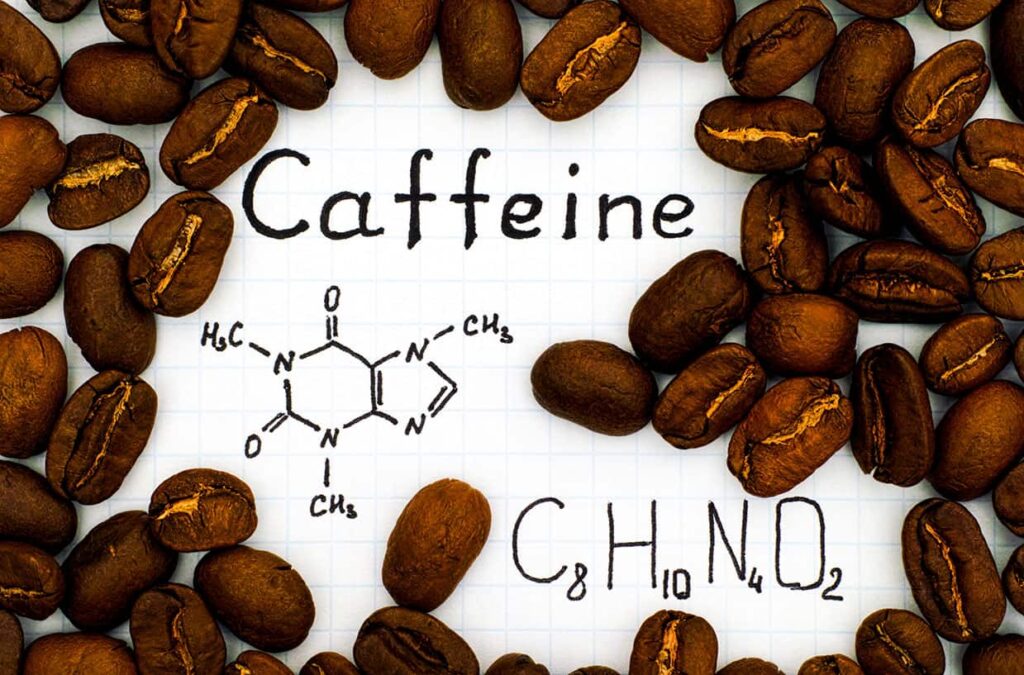
Latte vs. Cappuccino: What’s Your Luxury Coffee?
There’s nothing wrong with a plain old cup of coffee. However, you sometimes want something with a little more nuance and character. This is where luxury coffee drinks come into play. People have all sorts of preferences when it comes to their premium coffee drinks. Two of the most popular are lattes and cappuccinos. Both have earned reputations for their milky infusions and delectable tastes. Which of these luxury coffee options should you call your personal favorite?
Latte & Cappuccino Share Espresso
Both lattes and cappuccinos are espresso drinks. What is espresso exactly? And how is it different from other kinds of coffee?
Believe it or not, espresso isn’t based on the coffee beans themselves. It has to do with how the coffee is prepared. A regular cup of coffee is typically made with some form of drip machine, pour over, or French press. Espresso requires more finely ground beans than other “regular”coffee and is brewed by forcing high-pressure water through the grind. The result is a flavorful, petite coffee drink that is created more quickly (roughly 20 seconds).
Espresso is the basis for many luxury coffee drinks because of its distinct flavor. In the past, espresso has typically required specialized machinery which was bulky, expensive, and difficult to clean. Today, it’s possible to make a fantastic espresso at home with artisanal coffee pods without the use of a machine, thanks to brands like Caffè di Artisan. These luxury coffee capsules provide a full-flavored brew in almost no time, while expending almost no effort.
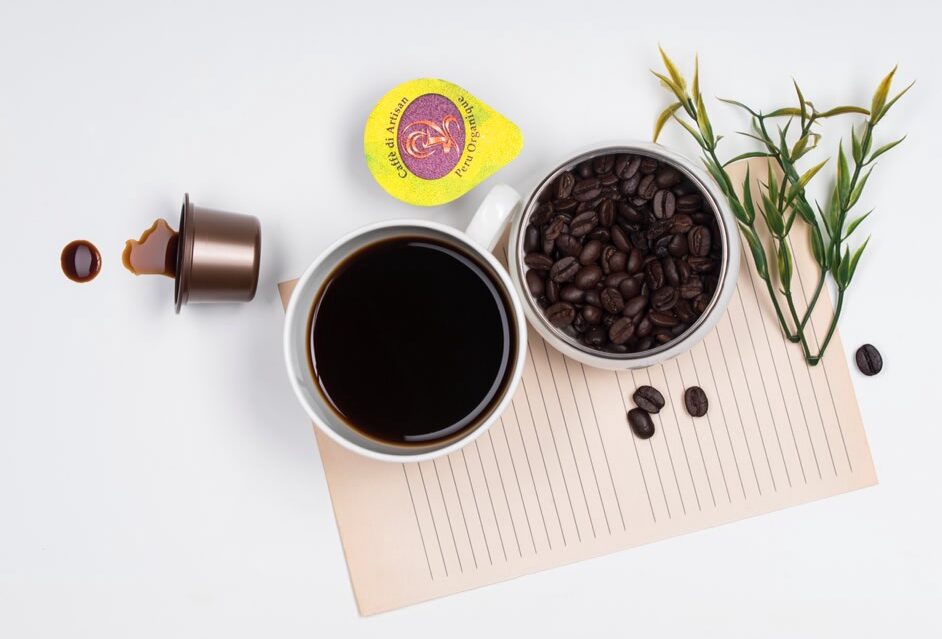
What’s a Latte?
A latte is one of the most popular espresso-based drinks. It all starts by preparing the espresso itself. This will provide the base layer of the beverage. However, although it’s a coffee drink, a latte is not super strong in terms of coffee content. It typically just contains half a shot of espresso (depending on the size and milk-to-coffee ratio, of course).
A latte is a milk drink at its core. Two-thirds of a latte is steamed milk; and it’s topped off with a layer of foamed milk. This is a great drink for people who want a less acidic, and creamier coffee drink. Lattes require steamed and foamed milk, which usually needs to be done with a fancy machine at a coffee shop. This process, however, can be replicated at home by using a frother.
What Is a Cappuccino?
A cappuccino is similar to a latte but has a slightly different preparation. While a latte is most definitely a milky drink, cappuccino is all about balance between its elements. Like a latte, cappuccinos start with espresso. Except cappuccinos take a full shot. They also require more foam that a typical latte. When done correctly, each layer should constitute one-third of the drink.
While these ratios might minor, the differences are huge. In fact, you can tell the difference between a latte and a cappuccino by simply lifting the cup. The latte will be heavy with liquid milk (also known as “wet” according to coffee lingo) as compared to the light-as-feather “dry” capaccino.
What Are Some Other Luxury Espresso Drinks?
Lattes and cappuccinos are two of the most popular luxury, espresso-based drinks, but they aren’t the only ones. Here are a few additional options that might pique your interest:
- Americano: This is comparable to a cup of coffee, except made with espresso as opposed to a drip machine. You simply combine a shot of espresso with twice the amount of hot water to create an espresso that lasts three times as long. An Americano is usually smoother and less acidic than a traditional black coffee.
- Macchiato: This is mainly an espresso drink. A macchiato is one or two shots of espresso poured onto a dollop of foamed milk on top. This leaves a mark on the foam, which is where the macchiato derives its name. This is a perfect drink for people who love espresso but just slightly want to soften its bitter notes.
- Mocha: This combines the standard elements of espresso, steamed milk, and foamed milk with an important addition — chocolate! A mocha is the perfect drink for someone who wants to add a bit of sweetness to their luxury coffee.
There’s a time and a place for all types of coffee drinks. Don’t be afraid to indulge your senses if you’re considering a luxurious drink like a latte or cappuccino. Both of these beverages are delicious in their own ways.
